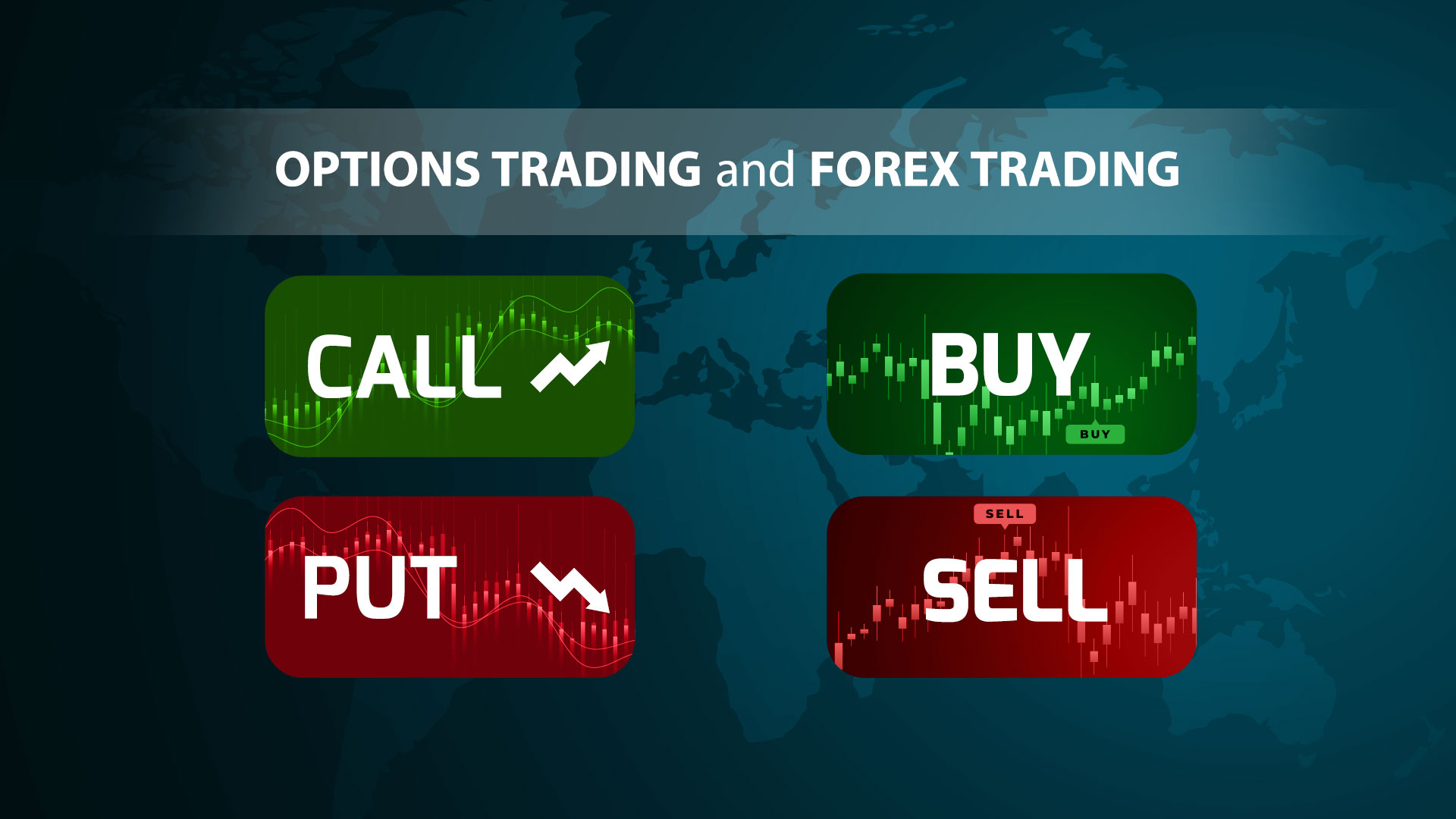Welcome to the world of option trading on indexes, where opportunity meets strategic execution. I recently ventured into this realm, and the thrill of predicting market movements while mitigating risk captivated me. Embark on this journey with me as we delve into the intricacies of index option trading.

Image: www.closeoption.com
Understanding Index Option Trading
Index option trading involves speculating on the future prices of market indexes like the S&P 500, using contracts that grant the buyer the right, but not the obligation, to buy or sell the underlying index at a specified price on or before a set date.
Unlike traditional stock options, index options represent the overall sentiment of the market, providing investors with a way to bet on the performance of multiple companies simultaneously. This diversification can reduce individual company risk, making index option trading an attractive tool for both retail and institutional investors.
Factors Affecting Index Option Pricing
The pricing of index options is intricately connected to several factors:
- Underlying Index Price: Obviously, the price of the underlying index significantly influences option pricing.
- Time to Expiration: The remaining time until the option’s expiration date impacts its value, with longer-dated options typically more expensive.
- Volatility: The expected volatility of the underlying index plays a crucial role in option pricing. Higher volatility leads to higher option prices.
- Interest Rates: The current and anticipated interest rate environment affects the cost of borrowing money, which in turn influences option pricing.
Tips for Successful Index Option Trading
Navigating the index option market requires a prudent approach:
- Start Small: Begin with smaller trades to minimize risk and gain experience.
- Choose Liquid Markets: Opt for options with high trading volume and open interest to ensure liquidity and avoid wide bid-ask spreads.
- Understand Time Decay: The value of options erodes over time, so consider the time horizon and monitor your positions accordingly.
- Manage Risk: Implement risk management strategies like setting stop-loss orders, using leverage cautiously, and diversifying your portfolio.

Image: www.samco.in
FAQ on Index Option Trading
Q: How do I select the right index option?
A: Consider factors such as the underlying index, time to expiration, and volatility. Choose options that align with your investment objectives and risk tolerance.
Q: What are the different strategies used in index option trading?
A: Popular strategies include buying and selling calls and puts, straddles, and strangles, each with its unique risk and reward profile. Research and understand each strategy before implementing it.
Option Trading Index

Image: www.youtube.com
Conclusion
Index option trading offers a powerful instrument for market participation. By armed with knowledge and a disciplined approach, you can harness the potential of this dynamic market. Determine if this captivating domain resonates with your investment aspirations. Dive into the world of index option trading and expand your financial acumen.






